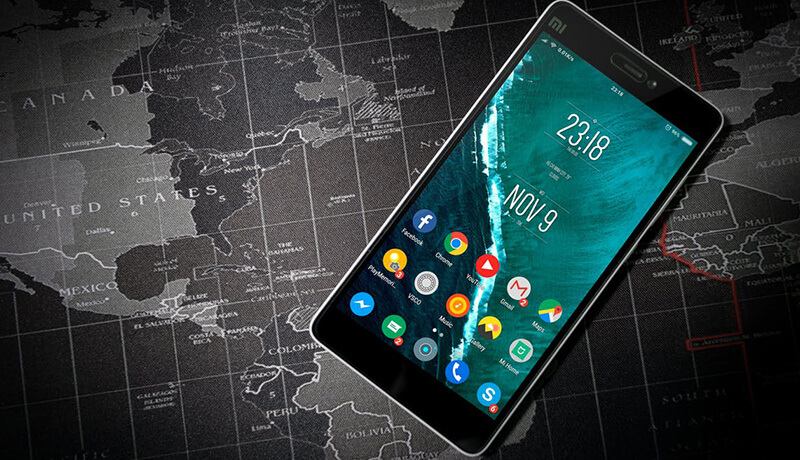

The Intersection of Science and Art: Exploring How Science and Art Inspire and Merge
In a dimly lit gallery, a crowd gathers around an installation that seems to pulse with life. It’s not just a visual spectacle; it’s a fusion of art and science. This artwork, created by a team of artists and scientists, uses real-time data from environmental sensors to create dynamic visuals that respond to changes in temperature, humidity, and air quality. As the audience watches the colors shift and swirl, they are not merely observing art; they are experiencing a living representation of scientific data. This captivating intersection of science and art exemplifies how these two seemingly disparate fields can inspire one another and create something truly extraordinary.
The Historical Context of Art and Science
The relationship between art and science is not a new phenomenon. Throughout history, artists have drawn inspiration from scientific discoveries, while scientists have relied on artistic principles to communicate complex ideas. Leonardo da Vinci, often regarded as the archetype of the "Renaissance man," seamlessly blended art and science in his work. His detailed anatomical sketches were not only artistic masterpieces but also groundbreaking studies that advanced the understanding of human anatomy.Similarly, the Impressionist movement in the late 19th century was influenced by advancements in optics and color theory. Artists like Claude Monet experimented with light and color in ways that reflected scientific principles, creating works that captured the transient effects of light on landscapes.
The Role of STEAM: Integrating Arts into STEM
In recent years, the push for integrating arts into STEM (Science, Technology, Engineering, Mathematics) has gained momentum, giving rise to the concept of STEAM (Science, Technology, Engineering, Arts, Mathematics). This approach emphasizes the importance of creativity in scientific inquiry and technological innovation. By incorporating artistic practices into STEM fields, educators aim to foster a more holistic understanding of complex concepts.For example, programs that encourage students to engage in creative projects—such as designing interactive exhibits or developing multimedia presentations—can enhance their grasp of scientific principles while nurturing their creative skills. This interdisciplinary approach prepares students for real-world challenges where creativity and analytical thinking are both essential.
Collaborative Projects: Where Art Meets Science
- FUSION Initiatives : Collaborative groups like FUSION at the University of Edinburgh exemplify how artists and scientists can work together to explore ideas and generate shared outputs. These collaborations often result in exhibitions that showcase the intersection of art and science, allowing audiences to engage with scientific concepts through an artistic lens. For instance, artists may create installations inspired by neurological research, prompting discussions about brain health while captivating viewers with visual storytelling.
- Art Inspired by Medical Research : In Birmingham, an annual artist residency program pairs local artists with medical researchers to reinterpret scientific findings through various artistic mediums. This initiative not only provides artists with insights into complex medical topics but also allows researchers to communicate their work in more accessible ways. By transforming research into visual art or interactive experiences, these collaborations foster a deeper understanding of health issues among the public.
- Environmental Art : Artists increasingly use their work to raise awareness about environmental issues informed by scientific research. Projects such as "The Ocean Cleanup" combine art installations with data on ocean pollution to engage communities in discussions about sustainability. By visually representing data on plastic waste in oceans through large-scale installations, artists can evoke emotional responses that drive action.
The Impact of Technology on Art and Science Collaboration
Technological advancements have further facilitated the convergence of art and science:
- Digital Art : The rise of digital technologies has opened new avenues for artistic expression while allowing scientists to visualize complex data sets. Digital artists can create immersive experiences that incorporate real-time data from scientific research, enabling audiences to interact with information in innovative ways.
- Bioart : This emerging field combines biology with artistic practice by using living organisms as mediums for artistic expression. Artists like Eduardo Kac have created provocative works that challenge perceptions of life and ethics in biotechnology. Kac’s famous piece "GFP Bunny," which involved creating a genetically modified rabbit that glows green under blue light, sparked debates about genetic engineering while pushing the boundaries of traditional art forms.
- Virtual Reality (VR) and Augmented Reality (AR) : These technologies allow for immersive experiences that blend scientific concepts with artistic creativity. For instance, VR simulations can transport users into molecular structures or ecosystems, providing an engaging way to learn about complex scientific phenomena while experiencing them artistically.
Challenges and Ethical Considerations
While the fusion of art and science offers numerous benefits, it also presents challenges:
- Misinterpretation : Artistic representations of scientific data can sometimes lead to misinterpretation if not grounded in accurate information. It is crucial for artists collaborating with scientists to ensure that their work conveys scientifically valid messages.
- Ethical Concerns : In fields like bioart or genetic engineering, ethical dilemmas may arise regarding consent and the implications of manipulating living organisms for artistic purposes. Engaging in open dialogues about these issues is essential for fostering responsible practices within interdisciplinary collaborations.
- Funding and Support : Interdisciplinary projects often struggle for funding as traditional grant systems may favor projects strictly within established disciplines. Advocating for financial support that recognizes the value of collaborative efforts is vital for sustaining these initiatives.
Conclusion
The intersection of science and art represents a rich tapestry of exploration that enhances our understanding of both fields. Through collaboration, creativity flourishes—scientists gain new perspectives while artists find inspiration in scientific inquiry. As we continue to navigate complex global challenges—from climate change to public health—embracing this fusion will be crucial for fostering innovation and inspiring collective action.By recognizing the value of interdisciplinary approaches like STEAM education and supporting collaborative projects between artists and scientists, we can cultivate a culture where creativity drives discovery. As we move forward into an increasingly interconnected world, let us celebrate the synergy between science and art—unlocking new insights that enrich our lives and deepen our understanding of the universe we inhabit.







